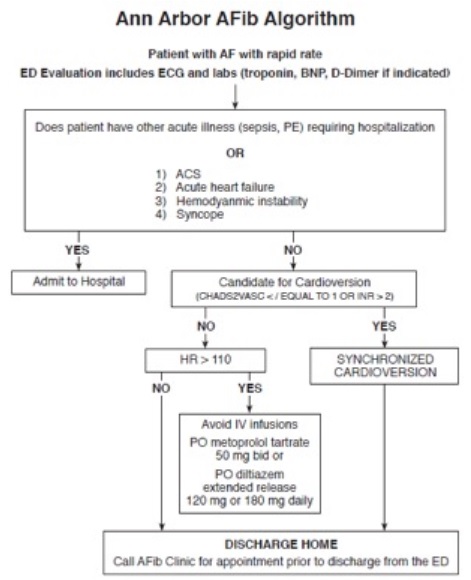Legg-Calvé-Perthes Disease Background - hip disorder that occurs between ages 2 - 13 (mostly ages 4 - 9) - avascular necrosis or osteochondrosis in femoral head - repeated episodes of ischemia leading to infarction and necrosis - reossification and remodeling occur over 2 - 4 years -> femoral head collapses -> increased risk of subluxation
Signs/Symptoms - insidious onset - may have mild pain for weeks to months - pain may be referred to anteromedial thigh or knee - muscle spasms, soft tissue contractures, proximal thigh atrophy, limb shortening - decreased hip abduction and internal rotation
Diagnosis/Work-up - initial stages (1 - 3 months): capital femoral epiphysis fails to grow -> radiographs demonstrate widening of cartilage space of affected hip - later, Caffey's sign (subchondral stress fracture line in femoral head) - new bone deposited on avascular trabeculae, calcification of necrotic marrow -> crushing of avascular trabeculae in dome of epiphysis - subluxation and extrusion of femoral head from acetabulum - initial X-rays may be negative, may require bone scan and MRI - differential dx: toxic synovitis, slipped capital femoral epiphysis, acute rheumatic fever, tuberculous arthritis, tumors
Treatment - non-weight bearing - referral to pediatric orthopedist
Resources Tintinalli's Emergency Medicine, 8th Edition

